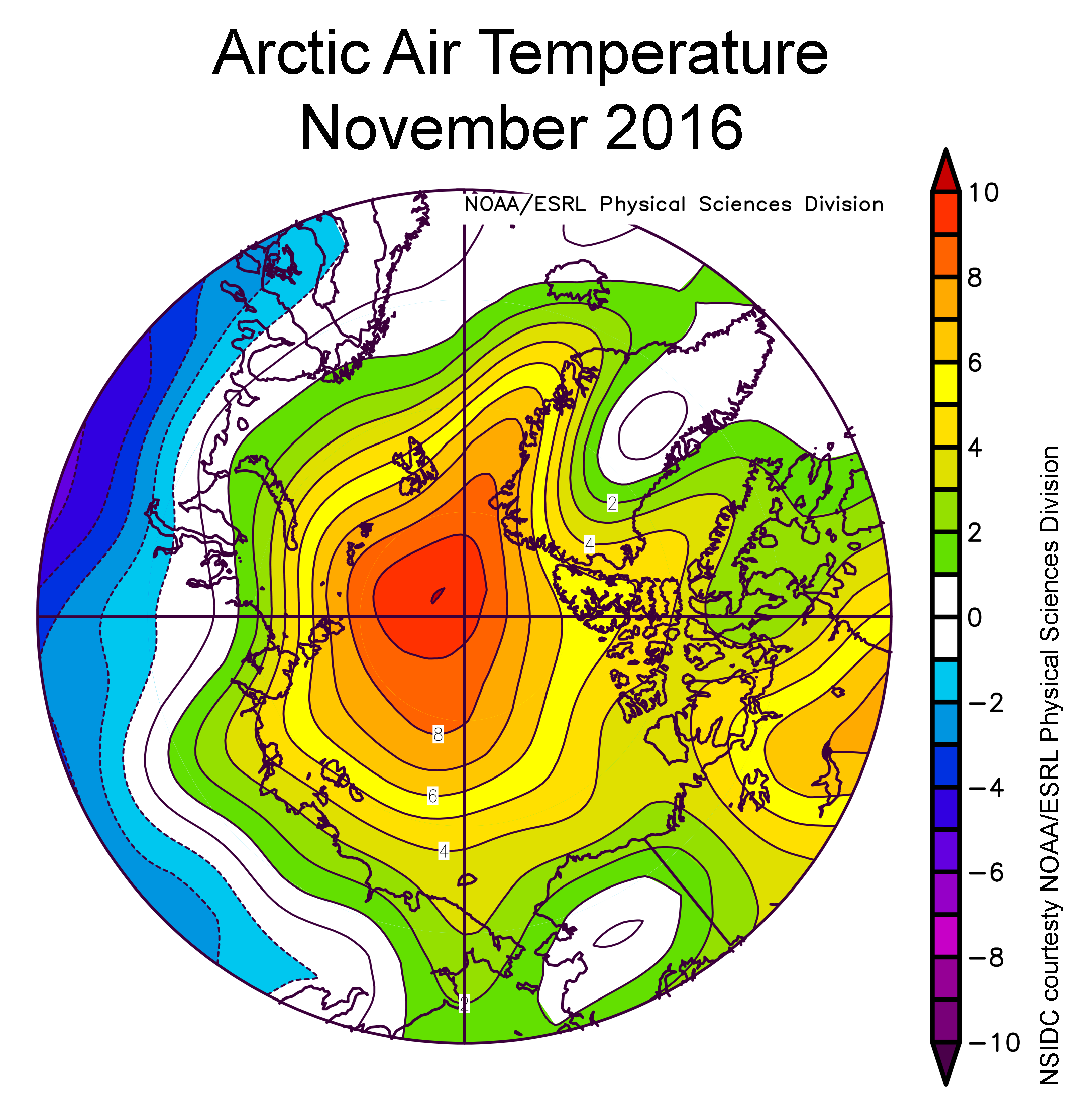Mikeoxenormous
Diamond Member
67-car pileup in Baltimore as winter storm slams parts of US
A fuel tanker skidded off a Baltimore highway and exploded on Saturday morning, sending sheets of fire in the path of the approaching traffic and triggering a deadly 55-vehicle pileup on the ice-coated roadway, Maryland officials said.
Two people died in a resulting pileup of nearly 70 vehicles on Interstate 95, authorities said.





